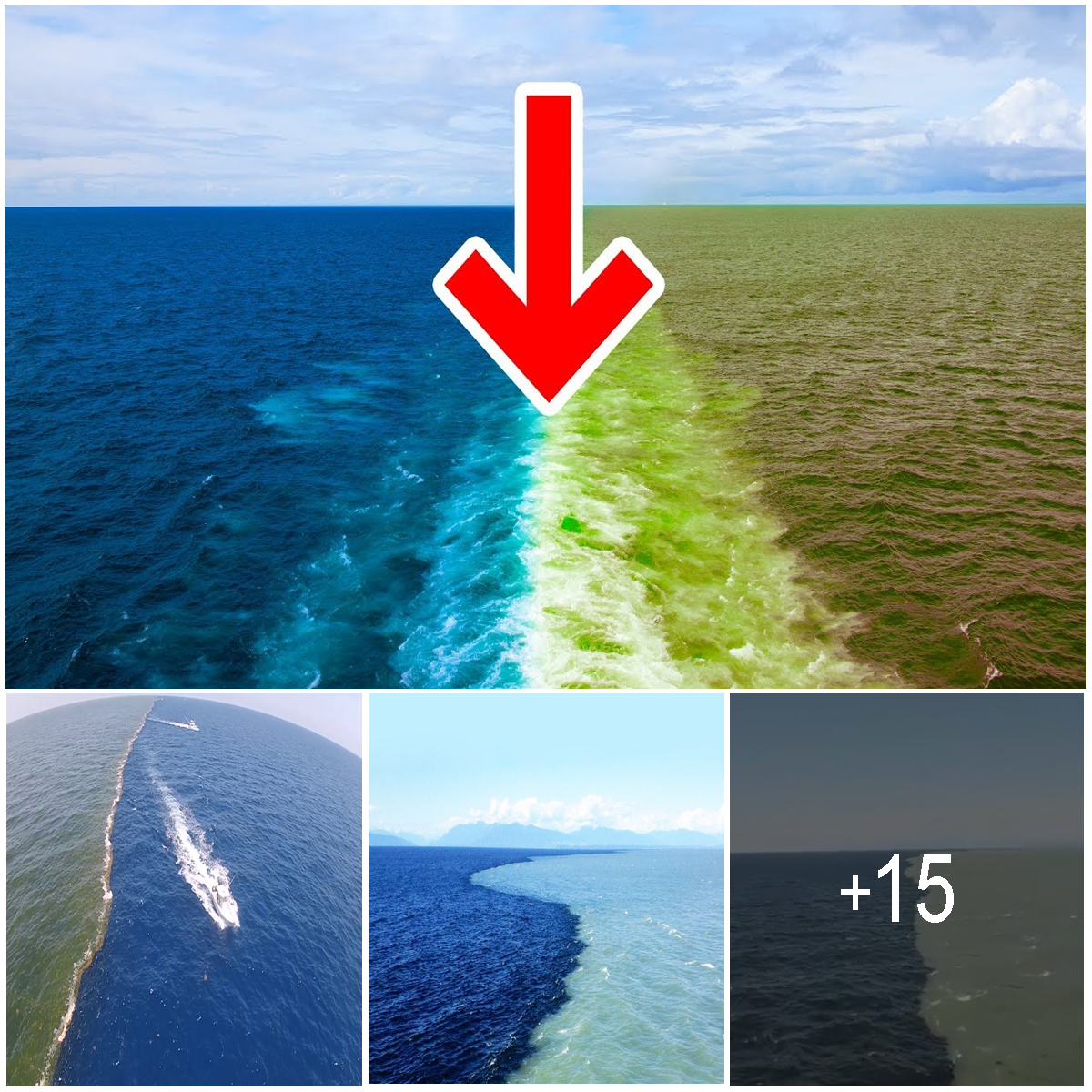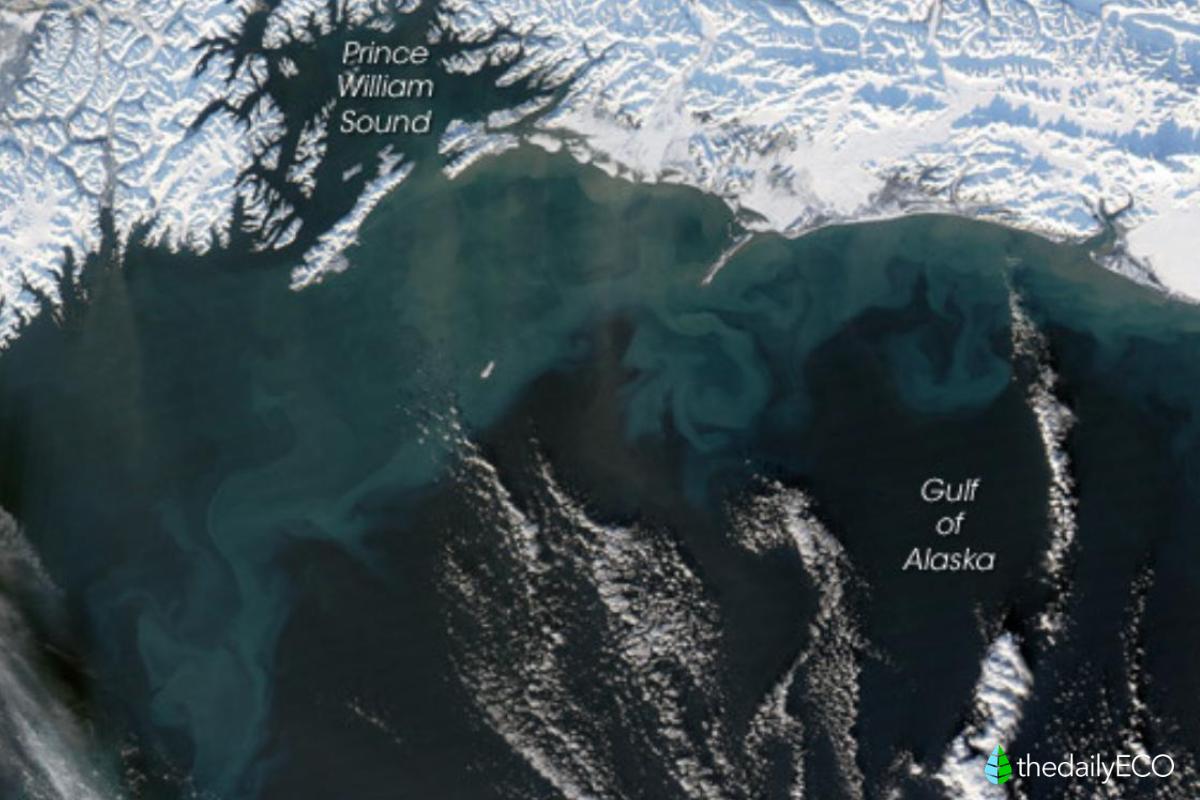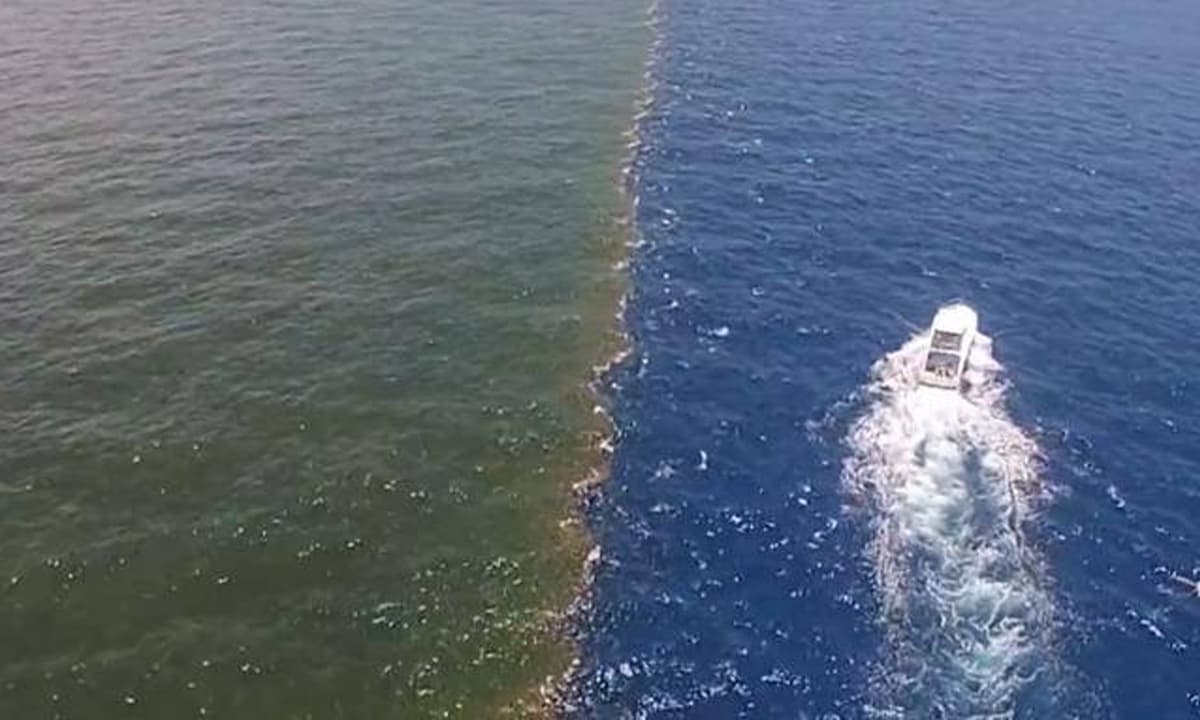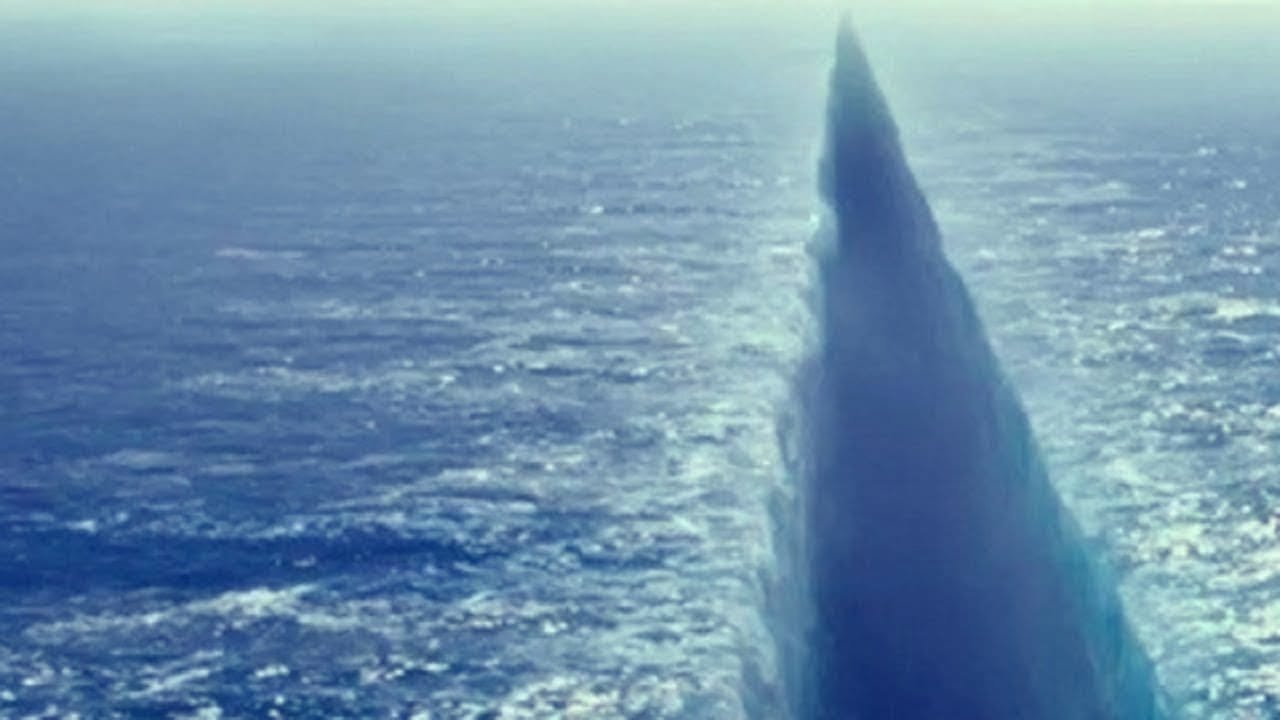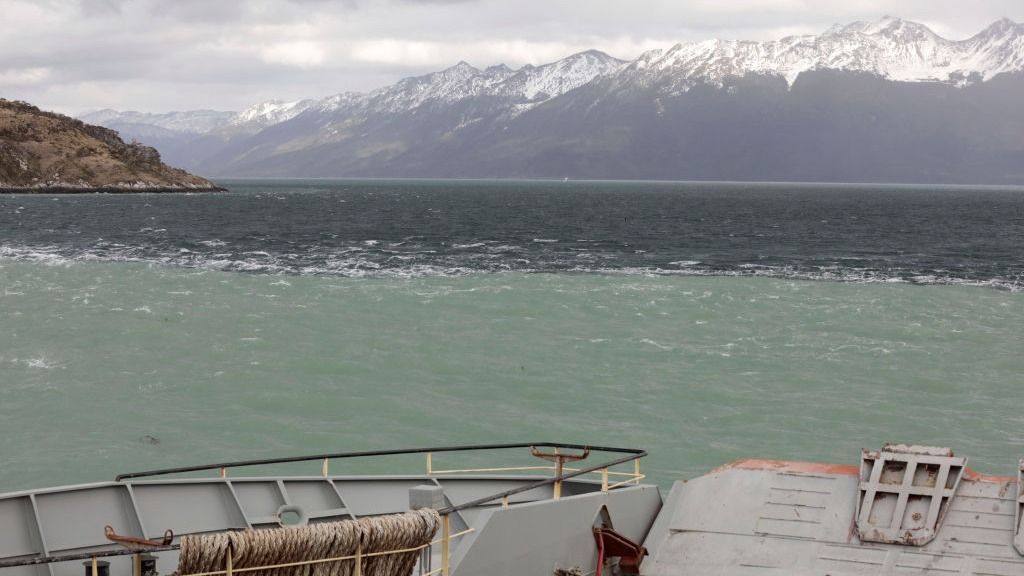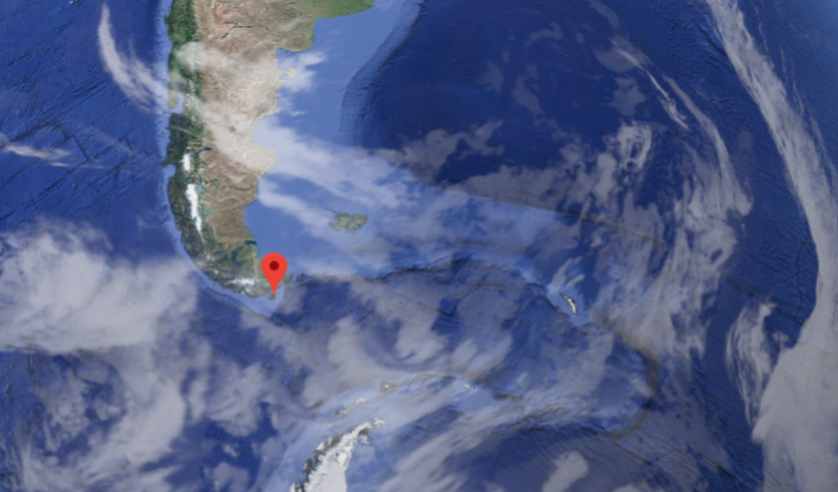Why Dont The Pacific And Atlantic Oceans Mix
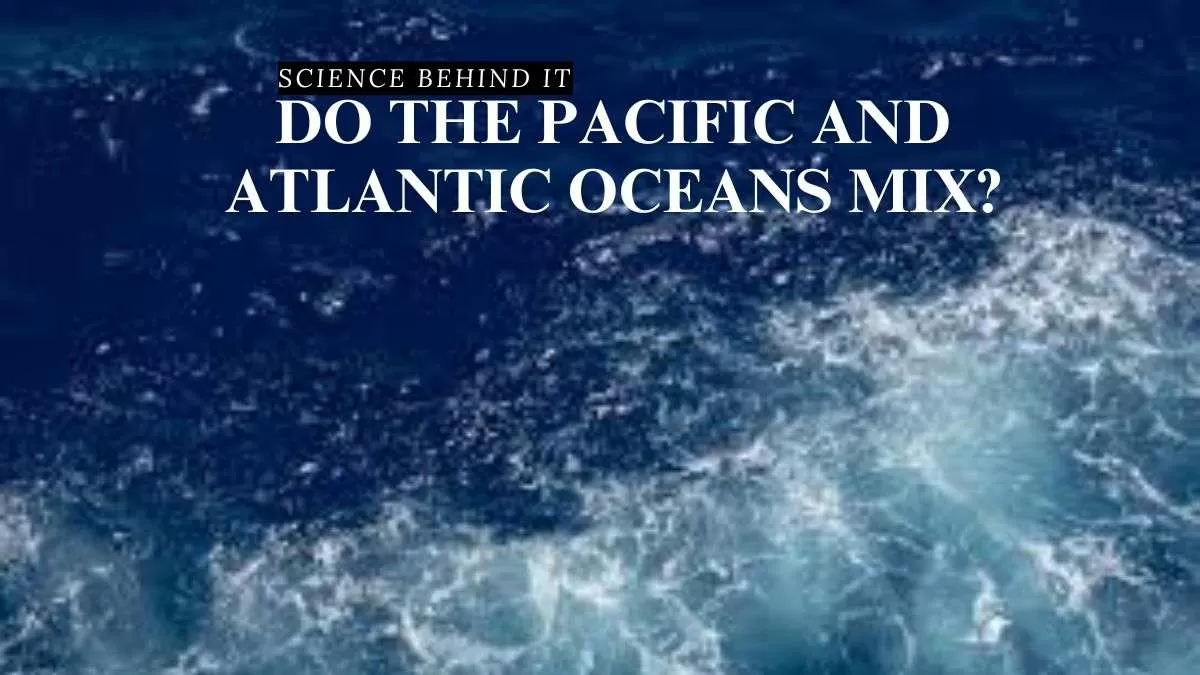
Ever stood on a beach, staring out at the vast ocean, and wondered if the water you're seeing is from, like, *really* far away? Maybe from the other side of the world? It's a tempting thought, isn't it?
Well, let's tackle a watery mystery: why don't the Pacific and Atlantic Oceans just…mix? They meet, famously, but they don't exactly blend into one homogenous mega-ocean. It's like they're at a party, politely nodding, but not really mingling.
The Big Meet-Up: Where the Oceans Collide
The most famous "meeting point" is often cited as Cape Horn, at the southern tip of South America. Imagine standing there – bracing yourself against the wind – watching these two oceanic giants size each other up. It sounds dramatic, right?
Another well-known location where these oceans seem to almost touch is near Iceland. Here, the stark contrast between the waters is sometimes even visible. The idea of these distinct waters meeting is a captivating image.
Why So Aloof? Ocean Personalities
Okay, oceans don't *really* have personalities, but they do have different characteristics. Think of it like this: imagine two people with drastically different lifestyles trying to share an apartment. Chaos, probably.
One major difference is salinity – the amount of salt in the water. The Atlantic tends to be saltier than the Pacific. This difference in density acts like an invisible barrier.
Temperature also plays a huge role. The Atlantic is generally colder, especially in the North Atlantic. These temperature differences also affect density and influence ocean currents.
Density Matters
Density is the key to understanding why these waters don't readily mix. Denser water tends to sink below less dense water. It's just basic physics!
So, when the slightly less salty and warmer Pacific water meets the colder, saltier Atlantic water, they don't immediately become besties. Instead, the denser Atlantic water tends to sink, while the less dense Pacific water stays closer to the surface.
Ocean Currents: The Unseen Highways
Ocean currents are like underwater rivers, constantly flowing and circulating water around the globe. These currents also play a role in keeping the Pacific and Atlantic somewhat separate.
They act as a sort of watery conveyer belt, moving water masses with different properties along distinct paths. It's as if the currents are saying, "You stay on your side, and I'll stay on mine!"
A Blurred Line, Not a Solid Wall
It's important to note that it's not like there's a giant, invisible wall between the two oceans. There *is* some mixing, of course!
Over time, through turbulence and other processes, the waters do gradually blend. But the process is slow and complex. Think of it as a very, very slow dance.
The Beauty of Difference
Ultimately, the fact that these oceans retain their distinct characteristics is a testament to the powerful forces at play in our planet's natural systems. It is another reminder of the complex beauty of our planet.
And isn't it a bit more romantic to imagine them as two distinct entities meeting, but not entirely merging? It's like a beautiful, watery dance of respect and distance. Perhaps, it reminds us that differences can be fascinating and beautiful too.
